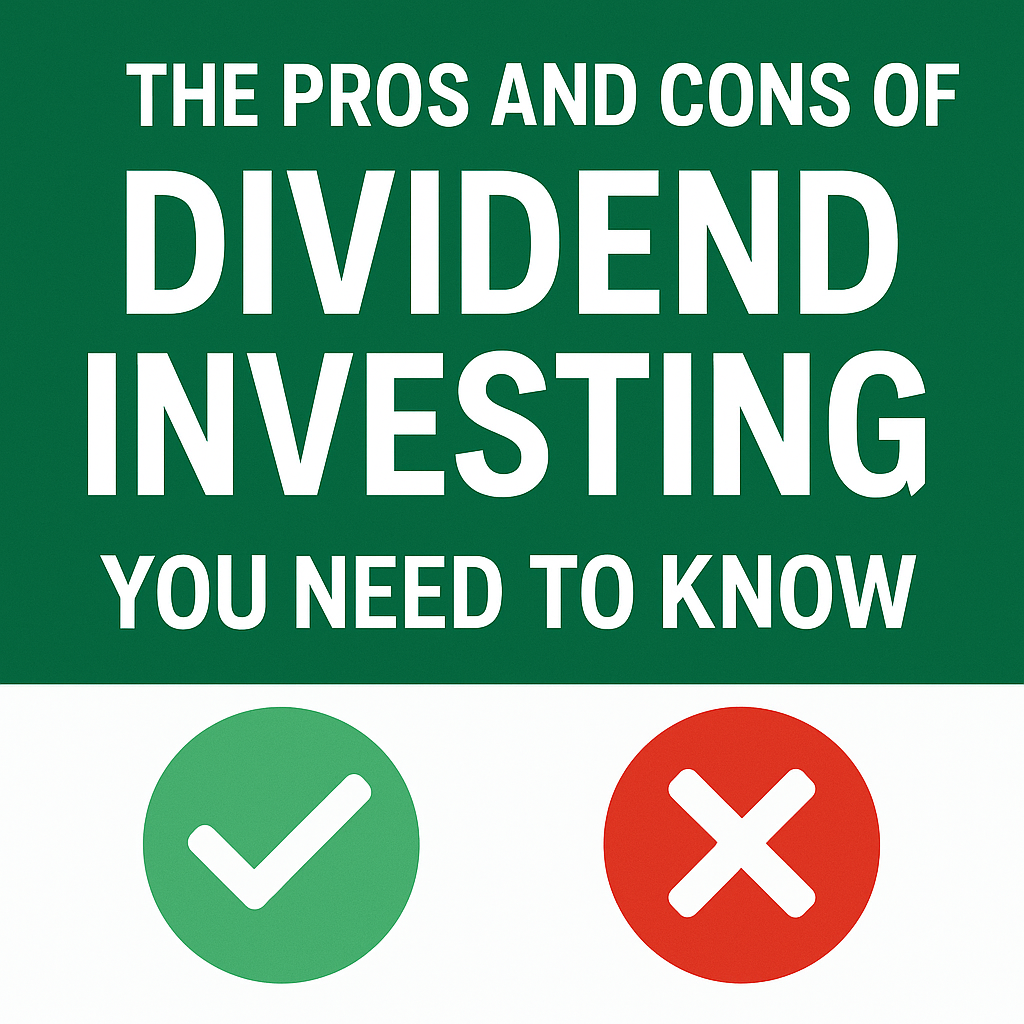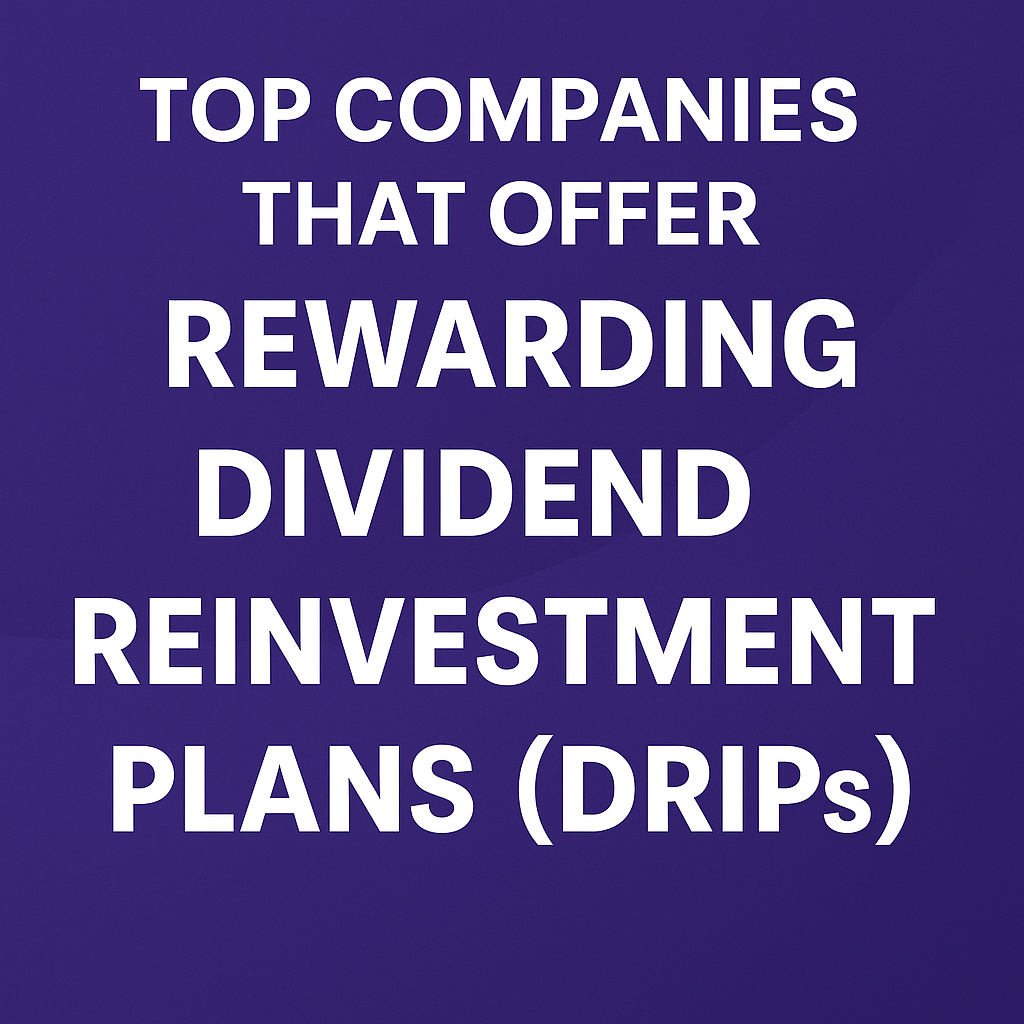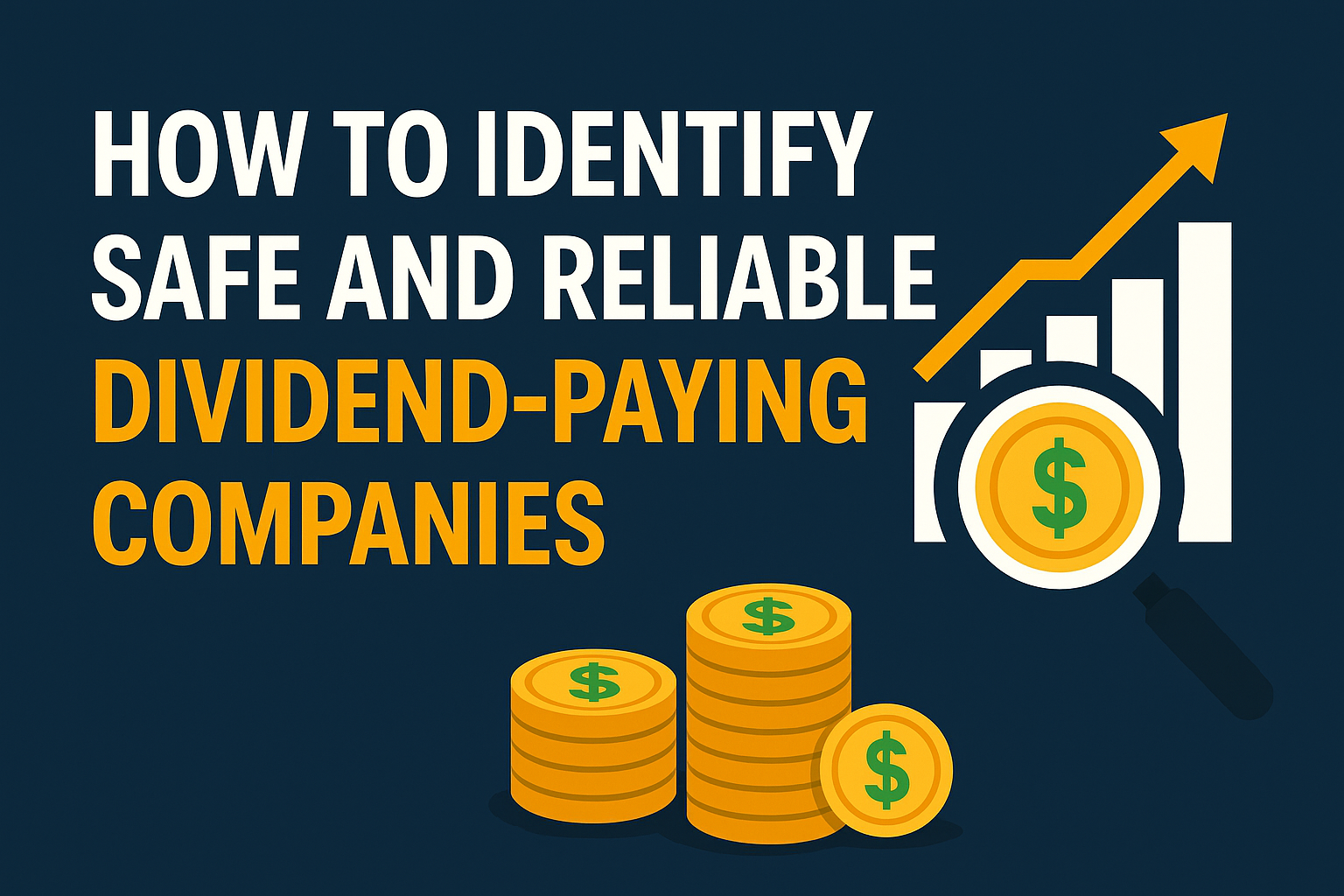Table of Contents
Discover the pros and cons of dividend investing you need to know to build a smarter, more reliable portfolio. Learn if this strategy fits your financial goals.
Dividend investing is a popular strategy among investors who seek steady income and long-term growth. However, like every investment method, it has its strengths and drawbacks. If you’re wondering whether it fits your financial goals, this guide covers the pros and cons of dividend investing you need to know before making any decisions.
In this comprehensive article, we break down everything—income potential, risk, tax impact, and growth trade-offs—so you fully understand the pros and cons of dividend investing you need to know for long-term portfolio success.
What Is Dividend Investing?
Before diving into the pros and cons of dividend investing you need to know, let’s define the strategy. Dividend investing involves buying shares of companies that regularly pay cash dividends—typically quarterly. These dividends come from company profits and provide a passive income stream for investors.
Common dividend-paying sectors include utilities, consumer staples, finance, and healthcare. Dividend investors aim to benefit both from the dividend payouts and the long-term appreciation of the stock price.
The Pros of Dividend Investing You Need to Know
Let’s begin with the advantages. Below are the pros of dividend investing you need to know to appreciate the value this strategy can bring to your financial planning.
1. Reliable Passive Income
One of the biggest pros of dividend investing you need to know is the dependable income it generates. Many dividend-paying companies have long histories of distributing earnings consistently, which appeals to retirees and income-focused investors alike.
2. Lower Portfolio Volatility
Dividend stocks are often more stable than growth stocks. One of the pros of dividend investing you need to know is that these stocks typically belong to mature, financially sound companies—helping cushion your portfolio during market downturns.
3. Powerful Compounding Through Reinvestment
If you reinvest dividends through a DRIP (Dividend Reinvestment Plan), you can supercharge your portfolio’s growth. This is one of the lesser-known pros of dividend investing you need to know, as compounding returns can significantly increase wealth over time.
4. Indication of Corporate Strength
Another one of the pros of dividend investing you need to know is that companies that consistently pay and raise dividends are usually financially healthy, profitable, and well-managed.
5. Tax Efficiency (in Certain Regions)
In some countries, qualified dividends are taxed at lower rates than regular income. This adds another layer to the pros of dividend investing you need to know, especially for investors looking to minimize tax impact.
The Cons of Dividend Investing You Need to Know
No investment strategy is without drawbacks. Let’s look at the cons of dividend investing you need to know before you commit to this approach.
1. Limited Capital Appreciation
One of the most important cons of dividend investing you need to know is that dividend-paying companies often prioritize stability over growth. This can mean slower capital appreciation compared to high-growth tech stocks.
2. Dividend Cuts Can Happen
A key risk among the cons of dividend investing you need to know is that dividends are not guaranteed. Companies may cut or suspend dividends during economic downturns, which can also negatively impact stock prices.
3. Lack of Exposure to Growth Sectors
Another one of the cons of dividend investing you need to know is that you may miss out on high-growth industries like technology and biotech, which usually reinvest profits rather than pay dividends.
4. Tax Implications in Certain Countries
In countries where dividends are taxed at the same rate as income, this can reduce net returns. That’s one of the cons of dividend investing you need to know if you live in a high-tax environment.
5. Inflation Risk
Some dividends may not grow fast enough to keep pace with inflation. This is one of the subtle but serious cons of dividend investing you need to know, especially if you rely on dividends for living expenses.
Why You Should Understand the Pros and Cons of Dividend Investing You Need to Know
Knowing the pros and cons of dividend investing you need to know is essential for making informed investment decisions. While dividend investing offers many advantages, especially for those seeking income and stability, it’s not a one-size-fits-all solution.
For example, a younger investor with a long time horizon might prefer high-growth stocks, while a retiree may lean toward income-producing assets. Balancing both strategies could be the ideal solution for many portfolios.
Tips to Maximize the Benefits of Dividend Investing
If you’re ready to dive in after learning the pros and cons of dividend investing you need to know, here are practical tips to maximize your results:
- Focus on Dividend Aristocrats: These are companies that have raised dividends for 25+ consecutive years.
- Check the Payout Ratio: A healthy payout ratio (40%–60%) is key to dividend sustainability.
- Diversify Across Sectors: Avoid putting all your funds in one or two dividend-heavy sectors.
- Use DRIPs: Reinvest your dividends automatically for compounding growth.
- Monitor Dividend Growth: Choose companies that consistently increase dividends to beat inflation.





